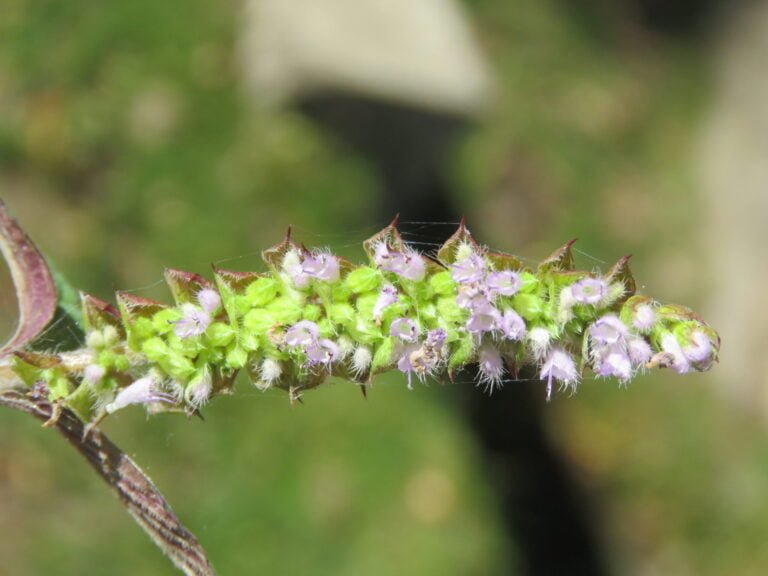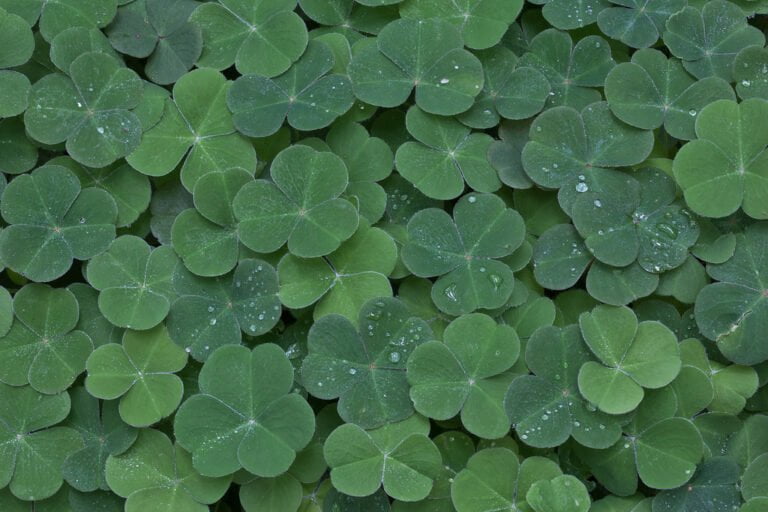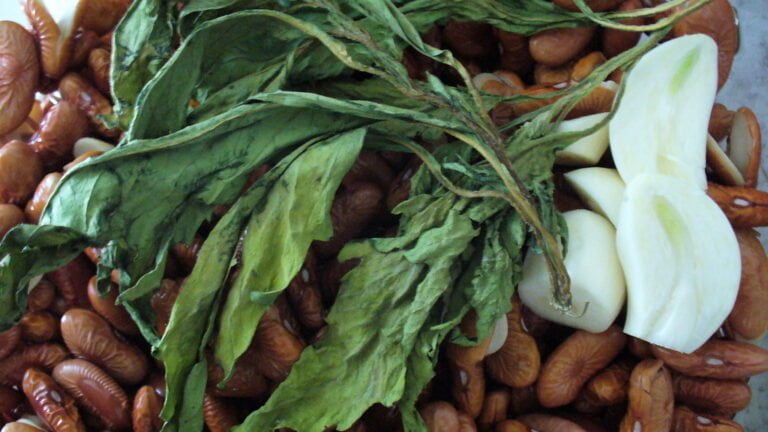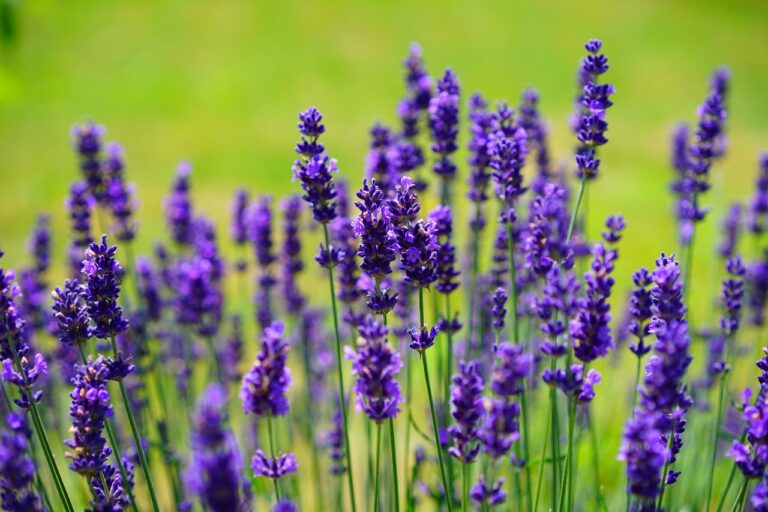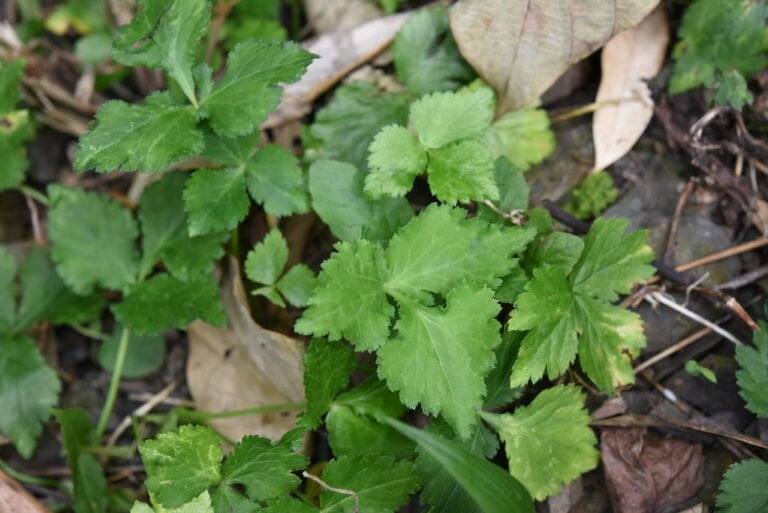Oregano
Oregano, also known as Origanum vulgare, is a herb with numerous health benefits. Its antioxidants combat free radicals, while compounds like carvacrol fight Escherichia coli. Oregano guards against DNA damage, inhibits cancer growth, and reduces inflammation. Thriving in well-drained soil and full sun, oregano’s essential oils bolster the immune system. Used in Italian, Mexican, and Mediterranean cuisines, oregano enriches flavor and provides essential oils for health. If you want to uncover more about the diverse benefits and uses of oregano, continue exploring its detailed characteristics and practical applications.
Health Benefits of Oregano
Oregano’s rich antioxidant content, including carvacrol and thymol, actively combats free radicals in the body, providing numerous health benefits. Carvacrol, a key component of oregano, has been linked to antibacterial activity, showing effectiveness against harmful bacteria such as Escherichia coli. This property makes oregano a potential natural remedy for combating bacterial infections.
Moreover, oregano contains compounds like carvacrol and thymol that exhibit promising abilities in preventing DNA damage and inhibiting the growth of cancer cells. These findings suggest that incorporating oregano into one’s diet may offer protective effects against certain types of cancer. The anti-inflammatory properties of oregano, particularly attributed to thymol, can aid in reducing inflammation associated with conditions like autoimmune diseases.
Additionally, the essential oil of oregano has shown antimicrobial activity against various pathogens, highlighting its potential in promoting overall health and well-being. By incorporating oregano into meals or using its essential oil, individuals may harness these beneficial properties to support their immune system and overall health.
Description and Biology of Oregano
Belonging to the Origanum genus, this herbaceous plant known as Oregano, scientifically identified as Origanum vulgare, boasts purple flowers and olive-green leaves. Oregano, a member of the Lamiaceae family, is native to the Mediterranean region and is cherished for its aromatic foliage and culinary and medicinal uses. This herb contains essential oils rich in compounds such as carvacrol, thymol, and rosmarinic acid, which contribute to its distinct fragrance and flavor.
Origanum vulgare is renowned for its antimicrobial activity, making it a valuable herb in traditional medicine. The essential oils found in oregano possess properties that have been studied for their potential health benefits, including anti-inflammatory and antioxidant effects. These properties have led to oregano being used in various forms, including teas, tinctures, and essential oils, to promote well-being.
In terms of growth, oregano is a perennial herb often cultivated as an annual in colder climates. It thrives in well-drained soil, full sun, and a pH range between 6.0 and 8.0. When planted in early spring and spaced appropriately, typically 30cm apart, oregano can flourish and provide an abundant harvest. Its versatility in the kitchen and the field of natural medicine has cemented oregano’s status as a beloved herb with a rich history and promising future.
Culinary Uses of Oregano
Oregano is a powerhouse when it comes to enriching the flavors of dishes, acting as a natural flavor enhancer that complements a wide range of culinary creations. It’s not just a pizza topping; this versatile herb can be used in various recipes to season and heighten the taste profiles of dishes. Whether sprinkled on top of a homemade pasta sauce or infused into olive oil for a fragrant dressing, oregano is an essential herb that brings depth and richness to food.
Flavor Enhancer in Dishes
In culinary applications, oregano serves as a versatile and robust flavor intensifier, boosting the taste profiles of various dishes with its slightly peppery notes. When using oregano in cooking, consider these practical tips:
- Pairing Perfection: Oregano complements flavors of tomatoes, olives, garlic, and olive oil superbly.
- Fresh vs. Dried: Fresh oregano offers a more vibrant flavor, ideal for salads and dressings, while dried oregano is best for sauces and marinades.
- Cuisine Fusion: Commonly found in Italian, Mexican, and Mediterranean dishes, oregano elevates the taste of sauces, meats, and more.
- Aromatic Appeal: The herb’s earthy profile makes it a popular choice for seasoning grilled vegetables, pizzas, and pasta dishes.
- Health Boost: Oregano contains antioxidants and essential oils, adding not just flavor but also potential health benefits to your meals.
Pizza Topping Essential
Amplifying the savory essence of pizza, oregano stands as a quintessential herb in heightening the flavor profile of this beloved dish. This herb, with its classic Italian heritage, adds a distinct aroma and slightly bitter taste that complements various pizza toppings perfectly. Sprinkling dried oregano on pizzas before baking not only enriches the flavor but also provides a visually appealing touch. Oregano’s versatility extends beyond just pizzas; it can be used in pasta, salads, and grilled meats to elevate their taste profiles. Its compatibility with tomato-based sauces and cheeses makes it a must-have ingredient for anyone looking to create an authentic Italian pizza experience. Oregano truly shines as a pizza topping essential, adding depth and richness to every delicious slice.
Versatile Herb Seasoning
With its robust flavor profile and aromatic qualities, this versatile herb seasoning adds a distinctive touch to a wide array of culinary creations. When using oregano in cooking, consider the following:
- Oregano is a versatile herb commonly used in Italian, Mexican, and Spanish cuisines for its aromatic and savory flavor.
- It pairs exceptionally well with tomato-based dishes, pasta, olive oil-based recipes, and soups, enhancing the overall taste profile.
- Fresh oregano sprigs can be added to steamed seafood dishes for a burst of herbaceous flavor and aroma.
- Proper storage of fresh oregano in the refrigerator, wrapped in a damp paper towel, helps maintain its freshness for longer periods.
- Dried oregano, when used in cooking, adds a depth of flavor and can be stored in airtight containers for extended shelf life, making it a convenient pantry staple.
Oregano Oil and Its Benefits
Oregano oil, abundant in antibacterial compounds such as carvacrol and thymol, provides a variety of health benefits including its effectiveness against antibiotic-resistant microbes. Carvacrol and thymol are the primary components responsible for oregano oil‘s potent antibacterial properties. Research indicates that these compounds can combat various strains of bacteria that have developed resistance to common antibiotics, making oregano oil a valuable natural alternative in combating infections.
Furthermore, oregano oil may help reduce inflammation in the body due to its anti-inflammatory properties. Carvacrol and thymol have also shown potential in battling cancer cells, with studies suggesting their promise as anticancer agents. Additionally, oregano oil demonstrates antiviral effects against certain viruses, showcasing its diverse range of health benefits.
Incorporating oregano oil into your wellness routine may support your immune system, aid in fighting infections, and potentially offer protection against certain chronic diseases. However, using oregano oil as directed is crucial, as its high concentration can cause irritation if not properly diluted. Seeking guidance from a healthcare provider before adding oregano oil to your regimen is recommended, particularly if you have underlying health conditions or are pregnant or breastfeeding.
Growing Oregano: Planting and Harvesting
Planting oregano seeds in well-draining soil and providing sufficient sunlight is essential for successful growth. Regular watering helps establish a strong root system and promotes abundant foliage production. Harvesting oregano leaves at their peak freshness improves the flavor of dishes and stimulates continuous growth of the plant.
Planting Oregano Seeds
When starting the process of planting oregano seeds, it is essential to select a well-draining soil and provide maximum sunlight exposure for optimal growth. Oregano (Origanum vulgare L) is a herb recognized for its aromatic leaves and essential oil containing compounds like carvacrol and thymol. To successfully plant oregano seeds, consider the following:
- Begin seeds indoors 6-10 weeks before the last frost date or outdoors after the risk of frost has passed.
- Space seeds 8-10 inches apart in rows to guarantee proper plant development.
- Ensure good air circulation around plants for healthy growth.
- Harvest oregano leaves when the plant reaches 4-6 inches in height.
- Trim the plant back up to one-third at a time during the growing season to promote regrowth.
Watering Oregano Plants
For ideal growth and health of oregano plants, ensuring appropriate watering practices is essential. Oregano plants thrive in well-drained soil, requiring watering only when the soil is dry about 1-2 inches deep. Overwatering should be avoided as it can lead to root rot, damaging the plant. Allowing the soil to dry out between waterings is critical. When watering oregano, it is best to water at the base of the plant to prevent wetting the leaves, which can attract diseases and pests. During hot summers, increased watering frequency may be necessary to prevent wilting and maintain healthy growth. Adjusting the watering schedule based on environmental conditions and plant needs is important to ensure ideal growth, flavor, and essential oil production.
Harvesting Oregano Leaves
After ensuring proper watering practices for my oregano plants, the next step is to harvest the oregano leaves for culinary use. When harvesting oregano leaves, it’s important to do so thoughtfully to maintain the plant’s growth and flavor. Here are some key points to keep in mind:
- Harvest oregano leaves as needed for the best flavor and potency in culinary dishes.
- Rinse and chop fresh oregano leaves finely before incorporating them into recipes.
- Store fresh oregano in the refrigerator for up to two weeks to retain freshness.
- Drying oregano can intensify its flavor and extend its shelf life.
- Properly dried oregano can be stored in airtight containers to preserve its aroma and taste until the next growing season.
Drying Oregano for Longevity
To ensure maximum flavor retention and longevity, drying oregano properly is vital. Crushing fresh oregano before drying can boost its flavor profile significantly. When dealing with larger quantities of the herb, hanging oregano bundles in a well-ventilated area is ideal for the drying process. This method allows for proper air circulation, which helps in the preservation of the oregano’s aroma and flavor.
Once the oregano is thoroughly dried, it is important to store it correctly to maintain its quality. Transfer the dried oregano leaves into airtight containers to shield them from moisture and light, which can degrade the herb’s potency over time. Properly dried oregano can be stored this way for an extended period, making it a practical option for long-term use in various culinary dishes.
Dried oregano not only serves as a flavorful addition to dishes but also makes for a thoughtful gift. When stored properly, dried oregano can retain its flavor and aroma until the next growing season, ensuring that it remains a valuable ingredient in the kitchen. By following these drying and storage techniques, one can enjoy the benefits of oregano for an extended period, all while preserving its culinary essence.
Cooking Tips With Fresh Oregano
When enriching dishes with fresh oregano, consider experimenting with different cooking techniques to heighten the herb’s aromatic essence. Fresh oregano is a versatile herb that can elevate the flavor profile of various dishes. Here are some practical cooking tips to make the most of this herb:
- Use Fresh Oregano as a Garnish: Add freshly chopped oregano on top of finished dishes to impart a burst of fresh flavor.
- Infuse Oregano in Oil: Create an aromatic oregano-infused oil by heating olive oil with fresh oregano sprigs; strain before using in recipes.
- Add Oregano to Marinades: Incorporate fresh oregano into marinades for meats or vegetables to infuse them with a savory taste.
- Make Oregano Pesto: Blend fresh oregano with garlic, nuts, Parmesan cheese, and olive oil to create a flavorful pesto sauce.
- Enhance Roasted Dishes: Sprinkle fresh oregano leaves over roasted vegetables or meats before serving to enhance their taste.

